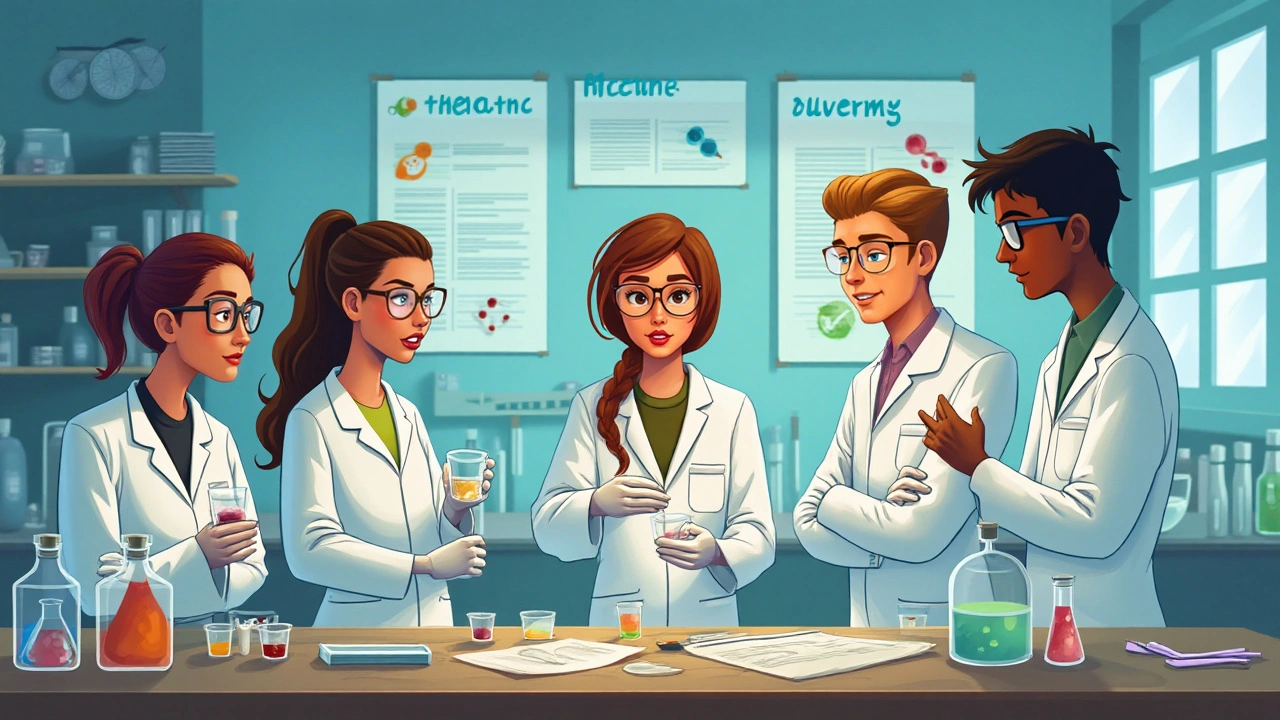Antibiotic options: which ones work and when
Antibiotics aren't all the same. Picking the wrong one can mean no relief and higher risk of resistance. This page gives straight, useful info on common antibiotic classes, when doctors choose them, and simple safety rules you can follow today.
Common antibiotic classes and when they’re used
Penicillins (like amoxicillin) are often first choice for ear infections, strep throat, and some skin infections. They’re cheap and usually well tolerated, but don’t work for bacteria that make penicillinases.
Cephalosporins (cephalexin, cefuroxime) cover a wider range than penicillins and are used for sinus, skin, and urinary infections. They’re a go-to when someone is allergic to penicillin—sometimes—so check with your doctor.
Macrolides (azithromycin, clarithromycin) are used for respiratory infections and for people allergic to penicillin. They’re convenient (short courses of azithromycin) but can interact with heart and cholesterol drugs, so mention all medicines you take.
Tetracyclines (doxycycline) treat acne, some tick-borne infections, and certain respiratory bugs. They shouldn’t be taken by pregnant people or young children because they affect bone and tooth development.
Fluoroquinolones (ciprofloxacin, levofloxacin) are powerful for complicated urinary or gastrointestinal infections and some lung infections. They work fast but carry higher risk of tendon and nerve problems and are usually reserved for when other options fail.
Sulfonamides (trimethoprim-sulfamethoxazole) are commonly used for urinary tract infections and some skin infections. Watch for allergic reactions and sun sensitivity.
Topical antibiotics (mupirocin, fusidic acid) work well for localized skin infections and avoid systemic side effects. IV antibiotics are used in hospitals for severe infections.
Smart rules: use antibiotics safely
Only use antibiotics for bacterial infections—antibiotics do nothing for viruses like colds or flu. If your doctor prescribes one, take it exactly as directed: same dose and finish the full course unless told otherwise. Stopping early can leave some bacteria alive and drive resistance.
Tell your prescriber about allergies, pregnancy, breastfeeding, and all drugs and supplements you take. Many antibiotics interact with antacids, blood thinners, and even some heart or cholesterol meds. Ask about food restrictions—some need to be taken with food, others on an empty stomach.
If you feel worse after starting an antibiotic—severe diarrhea, rash, swelling, breathing trouble—stop and get medical help. Keep unused antibiotics out of the medicine cabinet; returning them to the pharmacy is safer than keeping them "just in case."
If you worry your infection isn’t improving in 48–72 hours, call your doctor. You might need a different antibiotic, a lab test, or imaging. Using antibiotics wisely protects your health now and keeps them working for everyone later.
Want to read more about buying meds safely online or alternatives for specific drugs? Check related guides on trusted pharmacies and treatment options on this site.
Top Amoxil Alternatives in 2024 for Effective Antibiotic Treatment
With antibiotic resistance on the rise, it's crucial to explore alternatives to Amoxil. From Augmentin's powerful combination to the macrolide option of Zithromax, this article outlines seven effective substitutes for Amoxil in 2024. Learn about their benefits and downsides, so you can make informed choices for treating infections.






